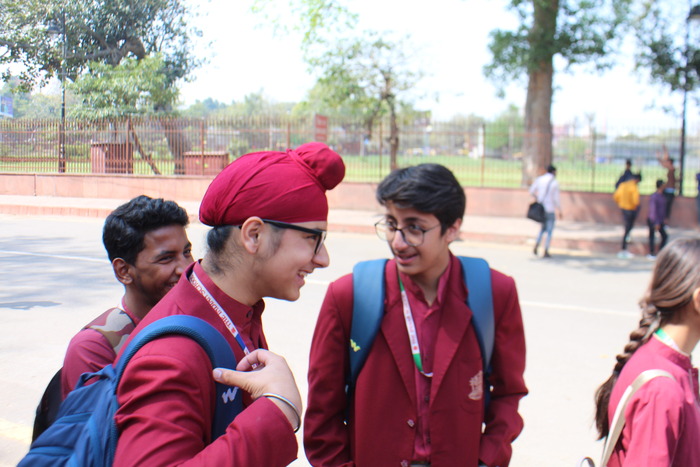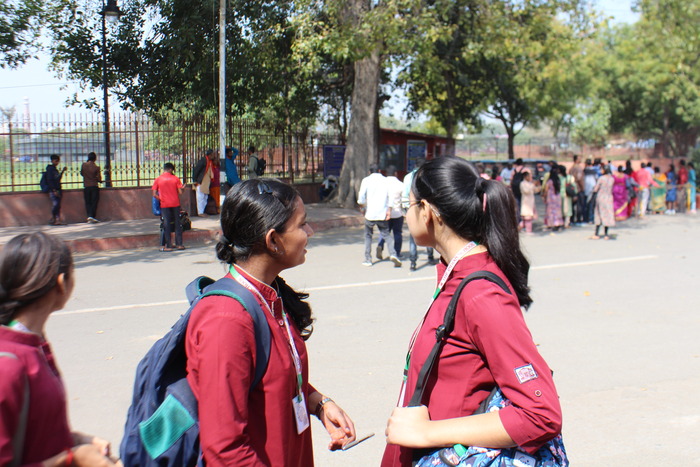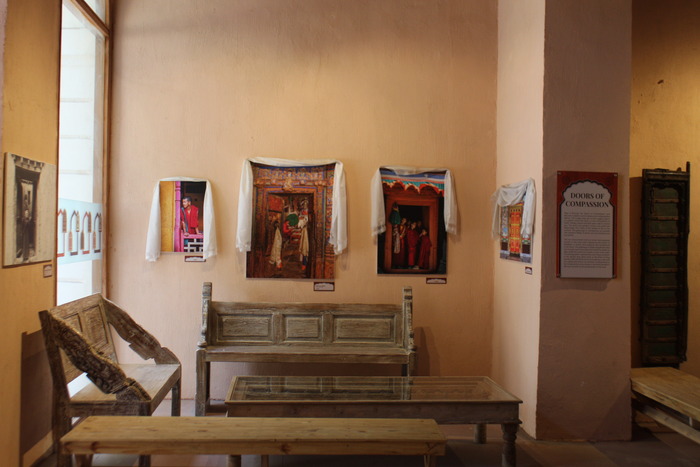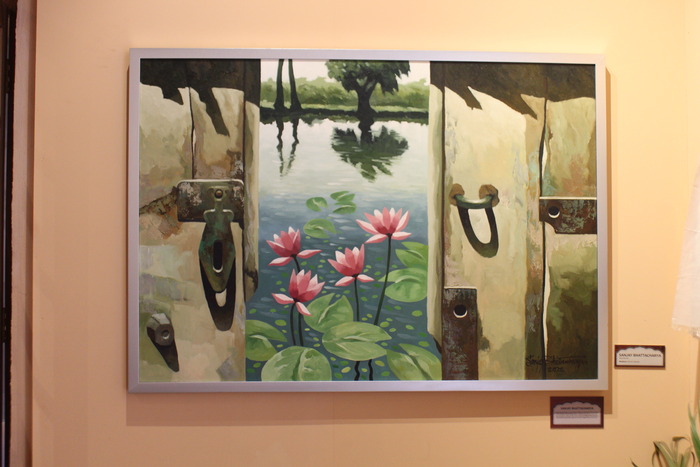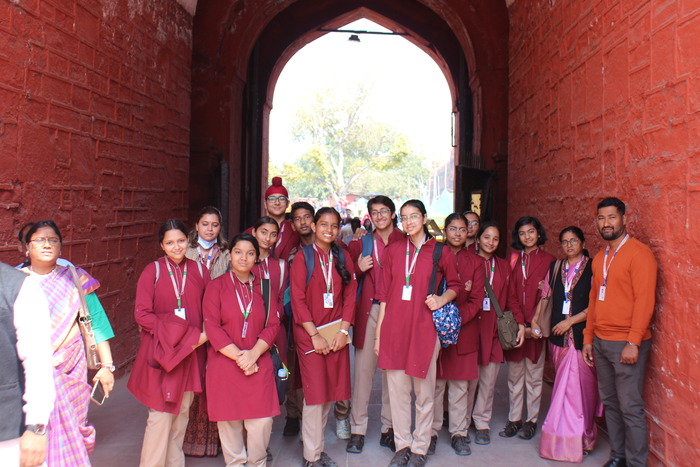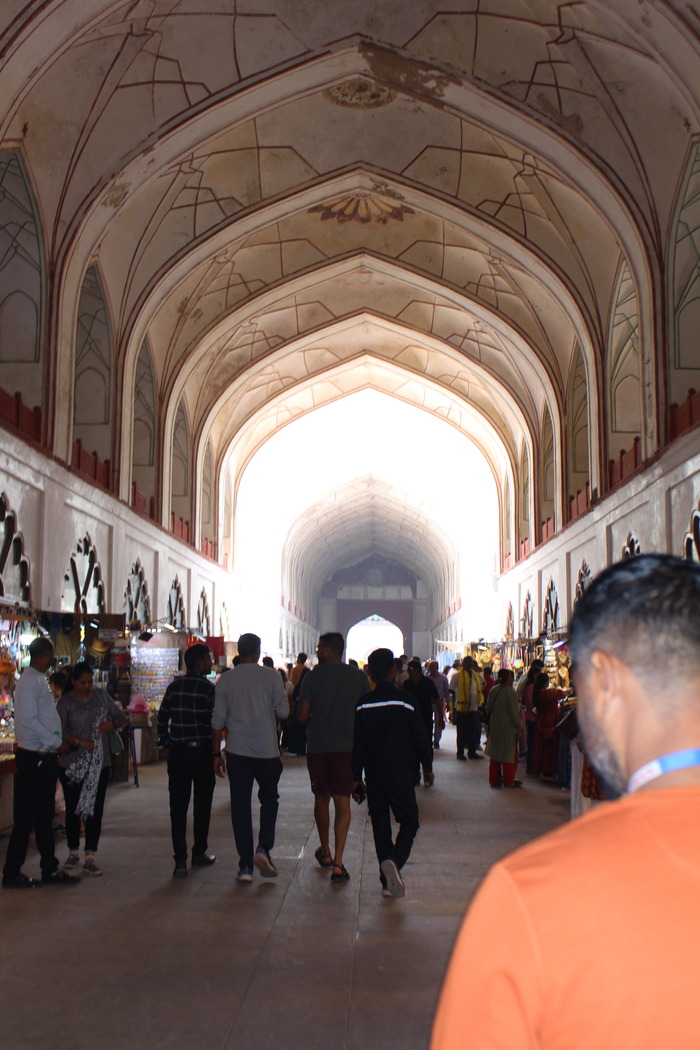Classes 9 and 11 visit the India Art, Architecture & Design Biennale 2023
On March 13, 2024, a group of students from classes IX & XI, accompanied by their teachers, Ms. Rukmini Thampi Ms Prerna, and Mr Shankar, went to the India Art, Architecture & Design Biennale (IAADB’23)’ at Red Fort. The purpose of the visit was to explore the diverse displays presented by some of the country’s most innovative minds.
The exhibition featured seven distinct themes, each housed in three barracks within the fort complex. These themes included "Pravesh" ( focussed on doors and gates), "Bagh-e-Bahar" ( universe of gardens), "Sampravah" ( exploring communities and spaces), "Sthapatya" ( dedicated to temples and geometry), "Vismaya" ( highlighting post-independence architecture), "Deshaj" ( focussing on design traditions), and "Samatva" ( celebrating women architects).
Due to time constraints, the group was able to only explore the "Pravesh" and "Bagh-e-Bahar" sections of the exhibition. In "Pravesh," which translates to "entry," the students encountered a captivating display of century-old doors and locks curated from various regions across undivided India. The walls were adorned with photographs and real doors, accompanied by digital interactive installations that played old Bollywood melodies. This section provided insight into how cultural influences, geographical diversity, and historical contexts were reflected in the design of something as fundamental as a door. Doors from Rajasthan featured intricate carvings on massive wooden blocks, while those from Ladakh showcased motifs of the wheel of life, devoid of any provision for locks.
In "Bagh-e-Bahar" ( Gardens of India), the students observed specialists capturing the ephemeral beauty found in gardens, such as vibrant flowers and butterflies. One notable installation involved using silver mesh and wire to create an art installation resembling a field of poppies on the roof, symbolising the historic significance of poppies in India since the 10th century for medicinal purposes. Another striking installation showcased the creativity of transforming ordinary materials into extraordinary art, where kitchen ladles and a motorcycle fuel tank were welded together to form a giant peacock.
The trip proved to be enriching at multiple levels. In addition to gaining a deeper appreciation for India's rich heritage, the diverse interpretations of various creative individuals, including street artists, photographers, art technicians, canvas artists and installation experts, it served as a source of inspiration for the students, leaving them overwhelmed as they departed.
In reflection, the experience reinforced the notion that art should be felt and experienced, a sentiment that deeply resonated across the students and educators alike.




